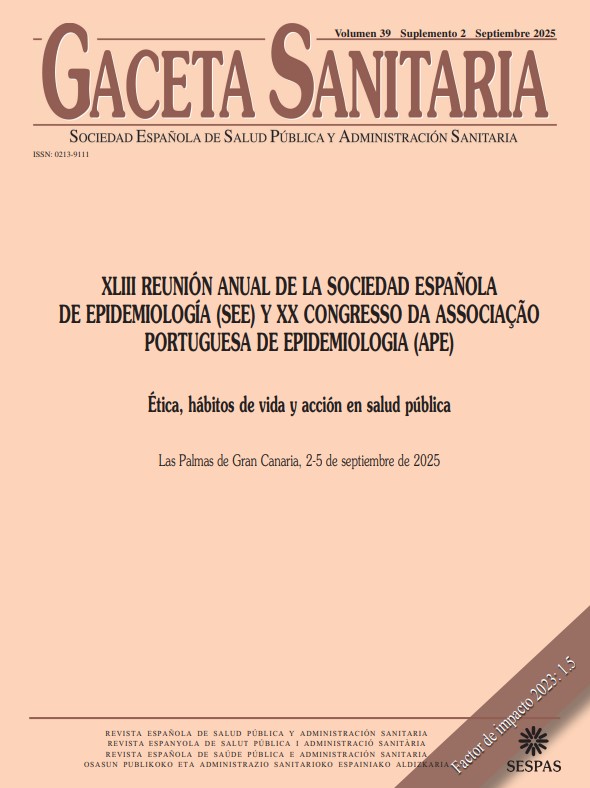974 - QUALITY GAPS ON EXTERNAL CAUSES OF DEATH ACROSS THE EUROPEAN UNION’S STATES OVER LAST FIFTEEN YEARS
Mortality Working Group, SEE; CIBERESP; IMIB-Arrixaca; Department of Sociosanitary Sciences, University of Murcia; IMLCF de Catalunya; Facultad de Medicina, Universitat Rovira i Virgili; IUOPA, Departamento de Medicina, University of Oviedo; Departamento de Medicina, Universidad de Barcelona.
Background/Objectives: The European Union (EU) does not publish the quality of cause of death statistics. It is possible to assess quality by reliability. Quality does not present consolidated indicators. Research showed that incorrect causes of death were randomly distributed. COVID-19 pandemic has showed a framework lack in vital statistics across the EU. The aim of this study was to assess by reliability the quality of judicial external causes of death (ECD) in mortality statistics of the member states of the EU in women and men for the years 2009 to 2023.
Methods: Cases and populations came from the WHO or EuroStat. Twenty-five countries were included. ECD ICD10 codes up to fourth character were considered. Case counts were from external great causes and their 7 major specific causes, on which unspecific cases were selected based on literature and national expertise. The Bayesian method was used to estimate age-adjusted mortality rates to the Standard European Population (2013) by category, country, sex, and quinquennium (2009-, 2014-, 2019-2023), as well as State’s Comparative Mortality Ratio (CMR) to the EU and its 95% credible interval. The unspecific category state-adjusted rate ratio was plotted against its total ECD by quinquennium and sex, expressed as a percentage.
Results: Age-adjusted ECD rate from 2009 to 2023 was 50 per 100,000 inhabitants in the whole study population (women: 31; men: 71). States rates ranged from 30 to 116. State CMR ranges for major causes were: accidents 0.68-2.04, suicide 0.39-2.56, assault 0.55-6.49, undetermined 0.01-8.41, legal intervention 0.20-56.09, medical care complications 0.12-3.97, and sequelae 0.10-4.98. The proportion of unspecific ECD was 55% overall (62% for women, 53% for men), with a global drop of 13% between quinquennium (first: 62%; last: 49%). Eight countries had > 62% of unspecific ECD in the first period and 12 had > 49% in the last quinquennium. Nine countries had an increase in the proportion of unspecific ECD in the second period and 6 in the last one; and 4 increased in last quinquennium (2014-2023).
Conclusions/Recommendations: The quality by reliability of ECD is a useful indicator of official mortality statistics. Quality indicators targeted State gaps across EU. Although the reliability of the ECD improved in the EU over the last 15 years in both sexes, state gaps do persist.















